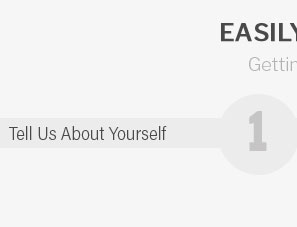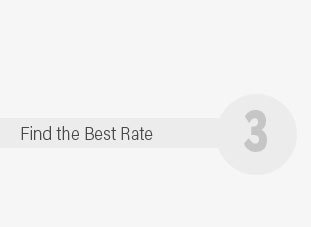 |
 |
 |
|---|
 |
 |
 |
 |
|---|
 |
 |
 |
 |
 |
 |
|---|

Low-Cost Health Insurance: Navigating Your OptionsIn today's rapidly evolving healthcare landscape, finding low-cost health insurance can be akin to searching for a needle in a haystack. However, armed with the right knowledge, individuals can make informed decisions that not only cater to their financial constraints but also ensure adequate coverage. It's a delicate balance, one that requires a nuanced understanding of available options and a keen eye for detail. First and foremost, it's essential to comprehend what low-cost health insurance entails. Generally, these plans are designed to offer essential health benefits at a reduced premium. While affordability is the primary draw, it's crucial to scrutinize the coverage details meticulously. One must consider factors such as deductibles, co-payments, and out-of-pocket maximums. A lower premium might seem appealing, but if it comes with high deductibles, the financial burden could shift unexpectedly in the event of an illness or emergency. Among the most common options are Health Maintenance Organizations (HMOs) and Preferred Provider Organizations (PPOs). HMOs typically offer lower premiums but require members to choose healthcare providers within a specific network and often need referrals for specialist visits. On the other hand, PPOs provide more flexibility in choosing providers and don't always require referrals, but this convenience usually comes at a higher cost. It’s a classic trade-off between cost and flexibility, and individuals must assess what they value more. Another avenue worth exploring is the Marketplace Insurance under the Affordable Care Act (ACA), which often provides subsidies to those who qualify based on their income. These subsidies can significantly reduce the cost of premiums, making health insurance accessible to a broader demographic. However, eligibility criteria must be thoroughly reviewed, and potential applicants should be prepared to provide comprehensive financial documentation. Moreover, some may consider catastrophic plans, which are primarily designed for young adults and those with a hardship exemption. While these plans typically have low monthly premiums, they also come with high deductibles and are intended to serve as a safety net for dire situations rather than routine healthcare needs. It's essential to weigh the pros and cons, especially for those who rarely seek medical care but want to be covered in case of severe health issues. For those who have access, employer-sponsored plans often represent a cost-effective solution, as employers typically cover a significant portion of the premium. It's worth examining the benefits package offered by one's employer, as this could offer substantial savings and comprehensive coverage. Additionally, some employers offer Health Savings Accounts (HSAs) in conjunction with high-deductible health plans, allowing employees to set aside pre-tax dollars for medical expenses, a feature that can enhance affordability over time. Finally, it's imperative to stay informed about policy changes and legislative reforms that could impact health insurance options. The political landscape surrounding healthcare is perpetually shifting, and staying abreast of new developments can open doors to previously unavailable opportunities. Engaging with reputable sources, consulting with insurance brokers, and leveraging online resources can empower individuals to make choices that align with their healthcare needs and financial situations. In conclusion, while navigating the world of low-cost health insurance may seem daunting, it's a journey that rewards the diligent and informed. By carefully considering factors such as plan type, cost-sharing details, and available subsidies, individuals can secure insurance that meets both their health needs and budgetary constraints. It's about making strategic choices today to safeguard tomorrow's well-being. https://www.goodrx.com/insurance/health-insurance/access-free-or-low-cost-healthcare
You can reduce the upfront cost of your health insurance. Here are 7 places to look for free or low-cost health insurance. https://www.healthcare.gov/medicaid-chip/
Medicaid & CHIP coverage. Medicaid and the Children's Health Insurance Program (CHIP) provide free or low-cost health coverage to some low-income people, ... https://www.knoxvilletn.gov/government/mayors_office/affordable_care_act
Millions of families will qualify for free or low-cost healthcare insurance. Families with eligible income can enroll and find affordable options during the ...
|
|---|